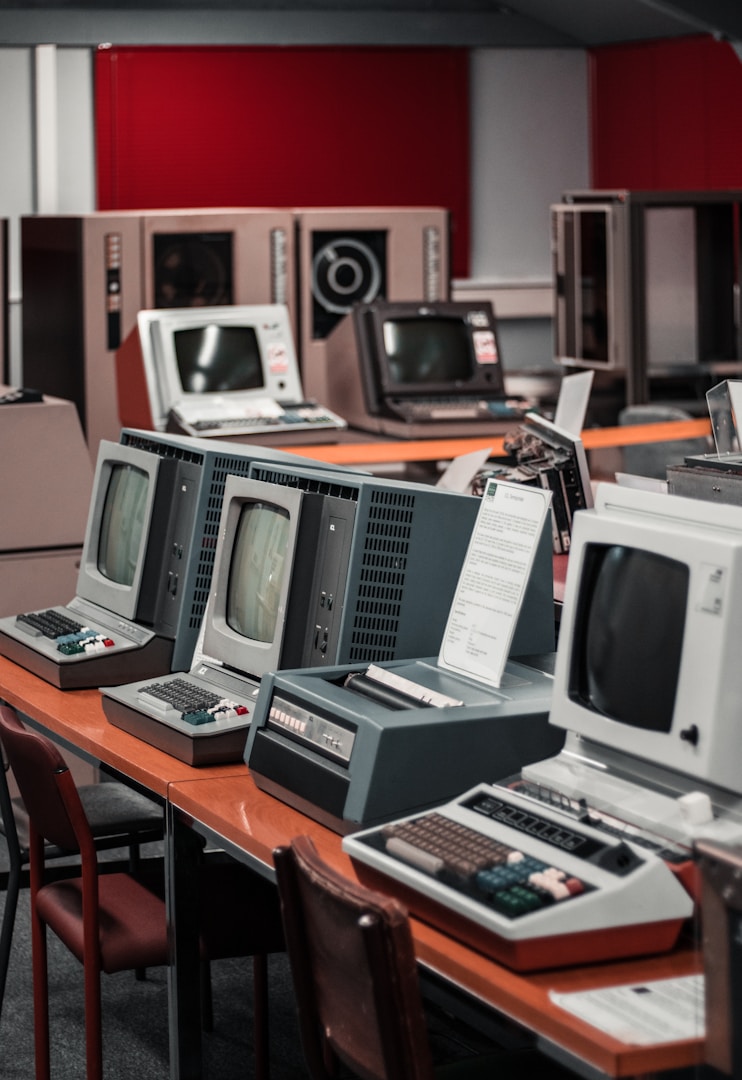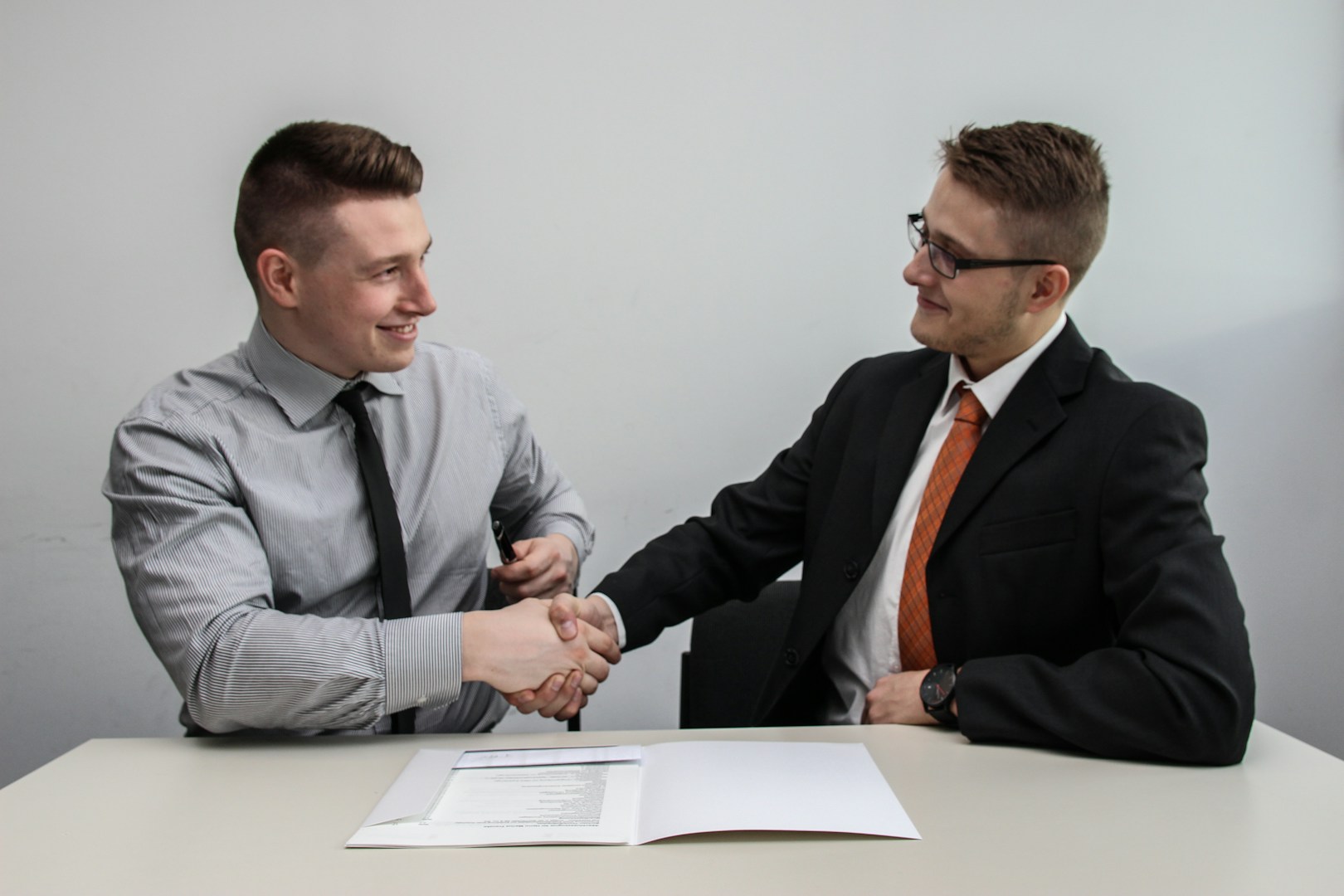Heritage Projects
Initiatives to preserve, promote and celebrate the history of Australian ICT innovation and achievements in the digital age.
For over twenty-five years the Pearcey Foundation has been a strong advocate for the recording and publishing of our early pioneering achievement: such as CSIRAC, CIRRUS and other computers by visionaries such as Trevor Pearcey and Murray Allen, and for the public display of those computers to raise public awareness and as an inspiration to younger generations.
We do this to show that Australia is not merely a nation of early adopters. In fact, Australia has been in the forefront of the digital revolution from the beginning, and continues to play a leading role. We also celebrate contemporary achievers through our entrepreneur awards.
The History of ICT in Australia is a broad and exciting project to create an important piece of our national heritage. The Pearcey Foundation has commissioned this book to preserve and celebrate the history of the Australian computer industry. The book is the first phase, which will incorporate oral histories and the collection of documents and artifacts about Australia’s long and significant role in the history of information technology.
Please see below for further details.
A long-term endeavour to gain IEEE recognition of the landmark achievement in the design and construction of the CSIR Mark1 /CSIRAC back in the 1940s, and the importance of its subsequent use and its continued significance.
A major project to establish a national Virtual Museum. This Virtual Museum would draw together the work of the Foundation, and other historians and institutions, by providing an accessible, online gateway to relevant artefacts, recordings and documents held across the nation. To achieve this, we are working with universities and major museums with support from the private sector.
Please see below for further details.
The Pearcey Foundation is a volunteer not-for-profit organisation, with limited means, so we work closely with museums, universities and individual historians across different states, collaborating, facilitating and promoting their activities.
Facilitating the outstanding series of videos “The Computer History of Australia” by noted documentary maker Karl von Moller. (The series is accessible on YouTube or via the Pearcey Foundation website).
A recent joint research project with the Business School at the University of Sydney, interviewing pioneering figures in the ICT field to gain an understanding of the factors that assisted or impeded their success.
Facilitation of, and participation in, events such as the annual Ada Lovelace Days at Monash University and school events at the Scienceworks museum.
The upcoming joint celebration with the University of Melbourne, celebrating the establishment, 70 years ago, of one of the world’s first computer science departments and one of the earliest computer service bureaus.
The History of ICT in Australia is a broad and exciting project to create an important piece of our national heritage.
The Story of Australian Computing Through the Digital Age
Phase 1 - Book of Australian ICT Heritage
The Pearcey Foundation has commissioned a new history of the Australian computer industry. The book, now well underway, will incorporate oral histories and the collection of documents and artefacts about Australia’s long and significant role in the history of information technology.
The Pearcey Foundation will encourage, and where possible participate in (currently in progress with the University of Sydney), the gathering of oral histories and biographies and the identification and cataloguing of significant objects and documents held by organisations or individuals.
Phase 2 - Virtual Museum of Australian ICT Heritage
Like the Charles Babbage Institute at the University of Minnesota, this virtual museum will provide a single access point or “one stop shop” which links to the many and varied collections and archives across Australia, which record our journey in the digital age.
The Pearcey Foundation will establish and maintain an on-line repository of oral histories, biographies, images and digitised documents
with linkages to other physical and virtual collections across Australia.
The book concentrates on the people who made computing in Australia what it is, including biographies of the almost 60 industry figures who have been awarded Pearcey Medals or inducted to the Pearcey Hall of Fame since these awards were instituted in 1998.
The story starts with Trevor Pearcey in the late 1940s when he designed CSIRAC, only the fourth stored program digital computer in the world. The 70 years since then span a human lifetime and encompass the achievements of an outstanding group of people. The book will be a lasting contribution to the remarkable heritage of the Australian ICT industry and the many achievements of the people who made it happen.
The book is being compiled from original sources and interviews with surviving industry pioneers. Many of these stories have never been told. The material collected for the book – interviews, documents, pictures and more – will all be included in the program archive, fully indexed and accessible by all. It will be an important contribution to a greater understanding of Australia’s important computing heritage, and an invaluable resource to future researchers.
The book was initially conceived and researched by Graeme Philipson, one of Australia’s leading computer journalists and industry
historians. However, Graeme was taken from us all in early 2021 in a tragic accident - see Vale Graeme Philipson.
The project will be overseen by a distinguished editorial advisory group, drawn from all parts of the industry across Australia.
Led by respected ICT academic, Peter Thorne AM, the role of this advisory will be to monitor project milestones, advise the author, suggest sources, and ensure thorough coverage of people and events.
Members:
The Early Years
Australia Gets a Computer Industry– The 1960s
The Roaring 70s
The PC Revolution
Enterprise Computing in the 1980s and 90s
Australian Software Shows the Way
The Internet and the Comms Revolution
Into the 21st century
The Pearcey Foundation intends to extend the Heritage Project well beyond Phase One (the book) – with the aim to become ‘the’ central repository – hosting a ‘virtual museum’ of Australia’s computing artefacts, documents and oral histories from key players. Your support of the project will contribute to:


We see the book and virtual museum as the vanguard of a longer-term history project, providing an Australian equivalent of the Charles Babbage Institute at the University of Minnesota.
The enthusiasm and offers of collaboration towards the project, so far, have indeed been reassuring, along with some early sponsorship contributions received. However, we will need significantly more funding to complete the book and to develop this project into an enduring national resource.
We would greatly appreciate you and/or your organisation considering partnering with us on this important venture – and encourage you to review Sponsorship Prospectus here.
Donations towards the Project are also very much appreciated and welcomed!
You can Sponsor or Donate by contacting Wayne Fitzsimmons (0418 382 625)
directly to discuss.
| Help us tell our stories to inspire the next generation |
| Document achievements of organisations and individuals |
| Build an archive to acknowledge Australia’s contribution to the digital age |